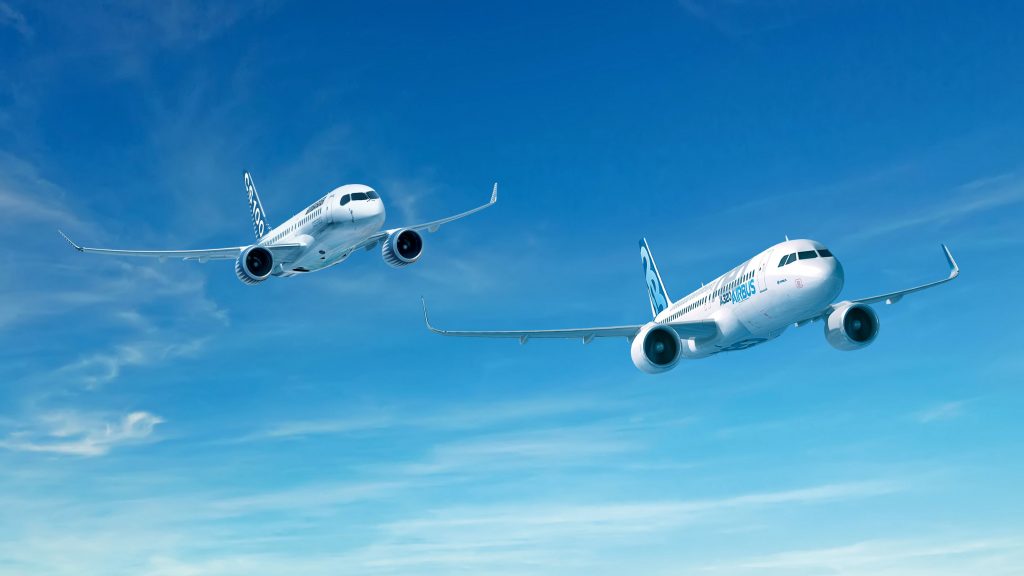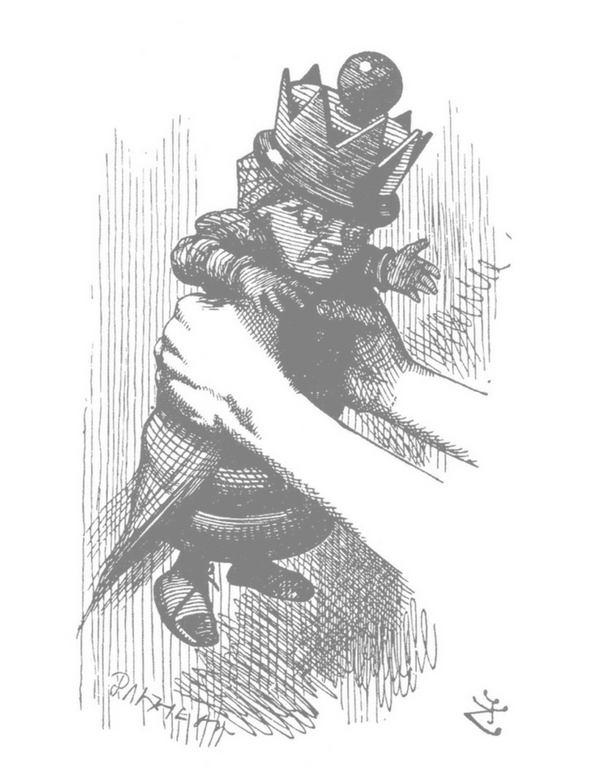No-one saw it coming, but the ‘acquisition’ of the CSeries programme by Airbus changes the sporty game of aircraft manufacturing.
It was a moment of genius, ticking boxes for everybody except Boeing. Can it be a coincidence that the announcement came just days after the US Department of Commerce continued to turn the screws on Bombardier by upping the punitive tariff on CSeries sales to 300%? Well, maybe.
Rather surprisingly, Airbus tested the regional jet waters more than twenty years ago.
The Chinese dimension – 1
Back in the 1990s, when I was part of the Airbus marketing management team, I attended occasional meetings on a thorny issue. Should Airbus step into the regional market and offer aircraft smaller than the A319? The conclusion was always the same. We did not know enough about these smaller markets and, in any case, the regional aircraft market seemed too crowded for us. That did not stop Airbus senior management signing a cooperation agreement with AVIC (Aviation Industries of China) in 1997. The agreement was to develop a new family of regional aircraft. The so-called AE316 and AE317 would have incorporated a smaller fuselage and new wing.
The agreement faltered when Airbus decided to go it alone with the A318. That decision turned out to be a perfect illustration of the folly of a double-shrink. In fact, you could argue that it was Embraer who eventually built the AE316 and AE317 in the guise of the E170 and E190.
The Chinese dimension – 2
Bombardier has also sparred with China over the CSeries. As recently as 2013 COMAC (Commercial Aircraft Corporation of China) and Bombardier signed a ‘strategic definitive agreement’ that sought to identify commonality between the CSeries and the C919. Lurking in the background was the thorny issue of technology transfer. What the Chinese really needed was a short-cut to an established global support network for the C919. Also, the Canadians could have helped with the certification challenges they would face in selling their aircraft outside China. Would the Comac-Bombardier agreement have broken the Airbus-Boeing duopoly? Unlikely. It would take years to ramp up C919 and CSeries production to a level that would trouble the big boys.
Earlier this year China was eyeing opportunities to buy into Bombardier and breath new life into the CSeries. Political considerations aside, it was obvious that Bombardier was open to investment beyond the multi-billion dollar cash injections from Canadian federal and provincial governments.
It is fair to say that neither Airbus nor Boeing would feel comfortable with a resurgent Bombardier backed by Chinese investment.
The Cinderella syndrome
It is no secret that Bombardier struggled for years to generate CSeries sales. It is always difficult to get market traction with a paper aircraft. But those days are past. The Delta Air Lines order was a bold move on the part of the airline and a shot in the arm for Bombardier. Reports from CSeries operators Swiss and airBaltic have been extremely positive. Yet although the stars were lining up, Bombardier could never seem to nail the orders. It was looking as though the CSeries would never go to the ball.

The CSeries and A320neo
Airbus enters the picture
The outgoing Airbus Chief Commercial Officer, John Leahy, has been disparaging about the CSeries. He called it a ‘cute little airplane’. But not everyone in Airbus has been so dismissive. Over the last few years, Bombardier has taken on a select group of former Airbus commercial executives. This was a smart move for Bombardier to make. Now, in the wake of Boeing’s complaint about price dumping, Airbus has come up with a masterstroke.
Over the last couple of years, sales of the A319 have stalled and existing customers for the A319neo have upsized to larger members of the A320 family. The stark truth is that the economics of the CSeries are superior to those of either the smaller A319neo or the larger 737 MAX7, on both a trip and per seat basis. The penny must have dropped that it makes better sense to devote marketing energies to the CSeries than the increasingly unwanted A319. This must have been a difficult pill to swallow for Airbus. Sometimes you just have to take the medicine.
Will the tariff debacle go away?
As Airbus intends to complete the building of the CSeries in the US, it is logical that the aircraft should not be subject to tariffs. Not only will the US content of the CSeries exceed 50% in value, but more American jobs will be created. However, alleviation of the threat of tariffs is not a done deal. Boeing will need to modify their stance first. For Delta and Bombardier, the prospects that the tariff penalties will evaporate are now strong. It seems inconceivable that CSeries aircraft built in the US would be considered a foreign aircraft.
Is the CSeries worthy?
Without a doubt, the CSeries is a more modern and more capable aircraft than the latest equivalent incarnations of Boeing and Airbus. One of the marketing challenges that Bombardier faced with the CSeries was how to combat the powerful commonality argumentation of the major manufacturers. In essence, the economic advantages of the CSeries more than outweighed the cost synergies of operating a family of aircraft. With the CSeries now part of the Airbus product line, the marketing analysts in Toulouse will need to adjust their traditional thinking and promote the concept of anti-commonality.
It looks increasingly likely that the ‘cute little airplane’ will, after all, go to the ball.
Image courtesy of Airbus



















